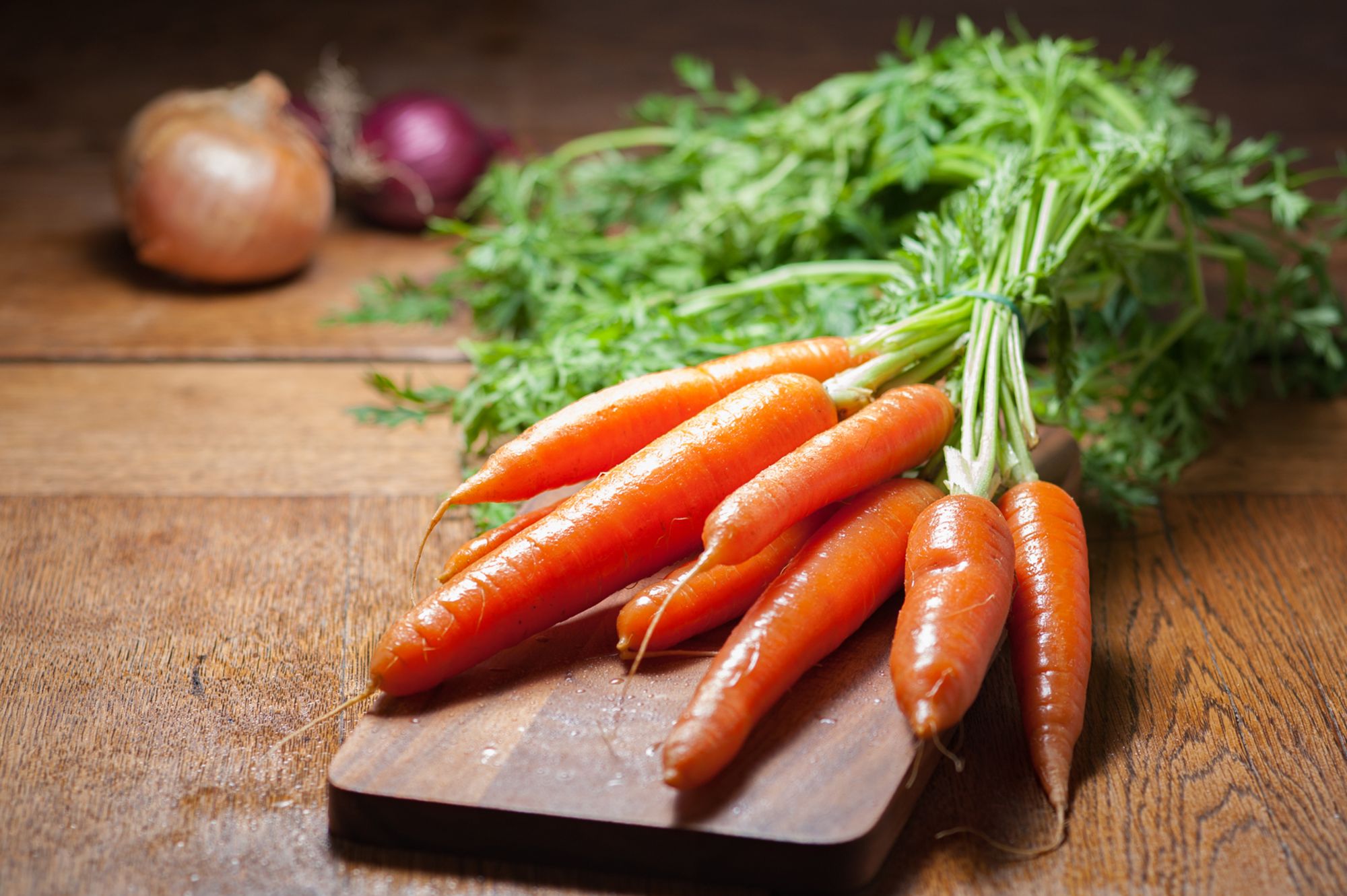1. Red foods

Why it's good for you: Lycopene is the predominant pigment in red fruits and vegetables. It's a powerful antioxidant that can help prevent prostate cancer and heart diseases. Lycopene is better absorbed when it is cooked with some oil, such as tomato sauce with olive oil.
Astaxanthin—which is found in the red pigment of marine animals—has been found to have antioxidant and anti-inflammatory effects. Its antioxidant activity was found to be 10 times more than zeaxanthin, lutein and beta-carotene.
What foods to eat: Tomatoes, watermelon, pink grapefruit, red cabbage, papaya, salmon, prawns, crab, red trout, lobster.
2. Orange and yellow foods




